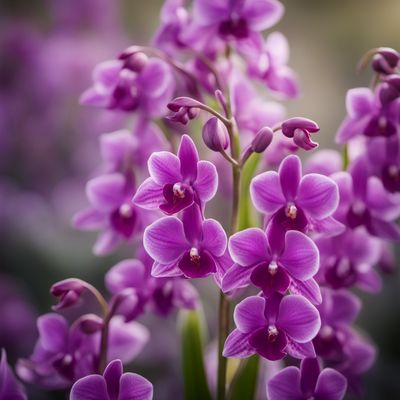
Ingredient
Other tropical root and tuber vegetables
Exotic Underground Gems
Other tropical root and tuber vegetables, such as yams, taro, and cassava, are characterized by their starchy nature, earthy flavors, and versatile textures. They can range from creamy and smooth to fibrous and firm, providing a delightful contrast in various dishes. These underground gems have been staples in tropical cuisines for centuries, offering sustenance and nourishment to communities around the world.
Origins and history
The cultivation and consumption of tropical root and tuber vegetables can be traced back thousands of years to regions such as Africa, Asia, and the Pacific Islands. These ingredients played a crucial role in the diets of indigenous populations, providing a reliable source of carbohydrates and nutrients. Today, they continue to be an integral part of traditional cuisines and are gaining popularity in global culinary scenes.
Nutritional information
Other tropical root and tuber vegetables are rich in complex carbohydrates, dietary fiber, and essential vitamins and minerals. They provide a good source of energy and contribute to a well-balanced diet. However, it is important to note that some varieties, such as cassava, contain naturally occurring toxins that need to be properly processed before consumption.
Allergens
Individuals with allergies to starchy vegetables or specific tubers should exercise caution when consuming other tropical root and tuber vegetables. Additionally, some varieties, like taro, may cause skin irritation in sensitive individuals when handled raw.
How to select
When selecting other tropical root and tuber vegetables, look for firm and unblemished specimens. Avoid vegetables with soft spots, mold, or signs of decay. Choose smaller to medium-sized ones, as they tend to be more tender and flavorful. If available, opt for organic or locally grown varieties to support sustainable farming practices.
Storage recommendations
To prolong the shelf life of other tropical root and tuber vegetables, store them in a cool, dark, and well-ventilated place. Avoid refrigeration, as it can negatively affect their texture and flavor. Keep them separate from ethylene-producing fruits, as they may accelerate spoilage. Peel and store in water if not using immediately to prevent discoloration.
How to produce
Some tropical root and tuber vegetables, such as yams and taro, can be grown in home gardens or containers in suitable climates. However, it is important to research the specific requirements of each vegetable, including soil conditions, sunlight exposure, and watering needs. Alternatively, these ingredients can be found in specialty grocery stores or ethnic markets.
Preparation tips
Other tropical root and tuber vegetables can be prepared in various ways, including boiling, steaming, roasting, or frying. They can be used as a base for stews, soups, or curries, or incorporated into side dishes, salads, or desserts. Experiment with different spices, herbs, and cooking techniques to bring out their unique flavors and textures.
Culinary uses
Other tropical root and tuber vegetables are widely used in tropical cuisines around the world. Yams are commonly used in African and Caribbean dishes, while taro is a staple in Asian cuisines, particularly in dishes like taro chips, taro cake, or taro bubble tea. Cassava is prevalent in Latin American and African cuisines, where it is used to make dishes like cassava fries, fufu, or tapioca pudding.
Availability
Other tropical root and tuber vegetables are commonly cultivated and consumed in tropical regions such as Africa, Asia, the Caribbean, and the Pacific Islands. They are also available in specialty grocery stores or ethnic markets in other parts of the world.


